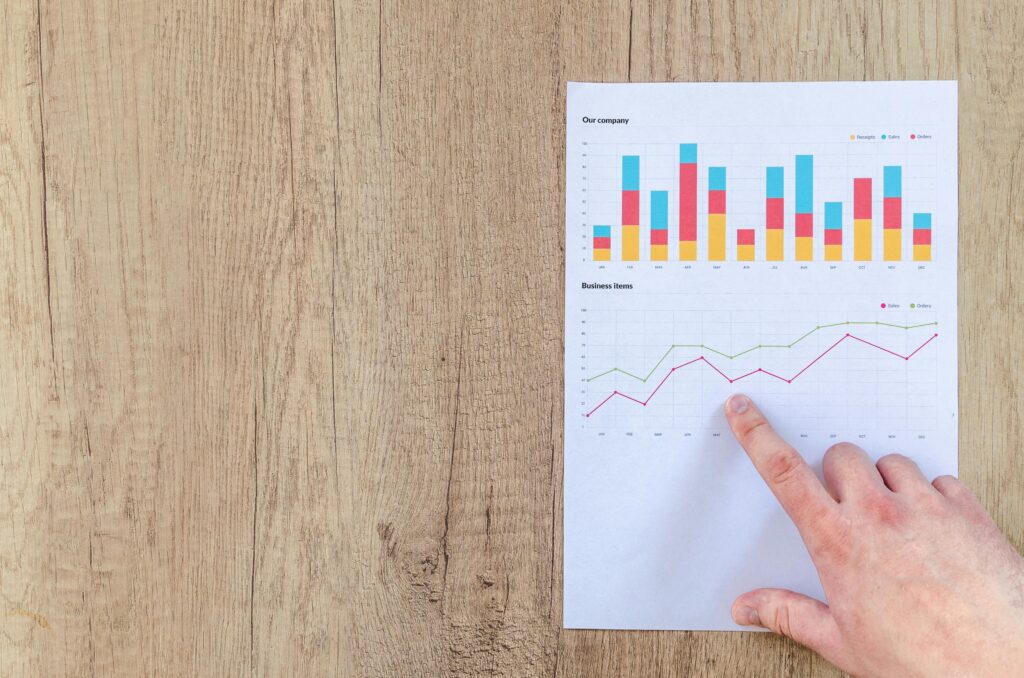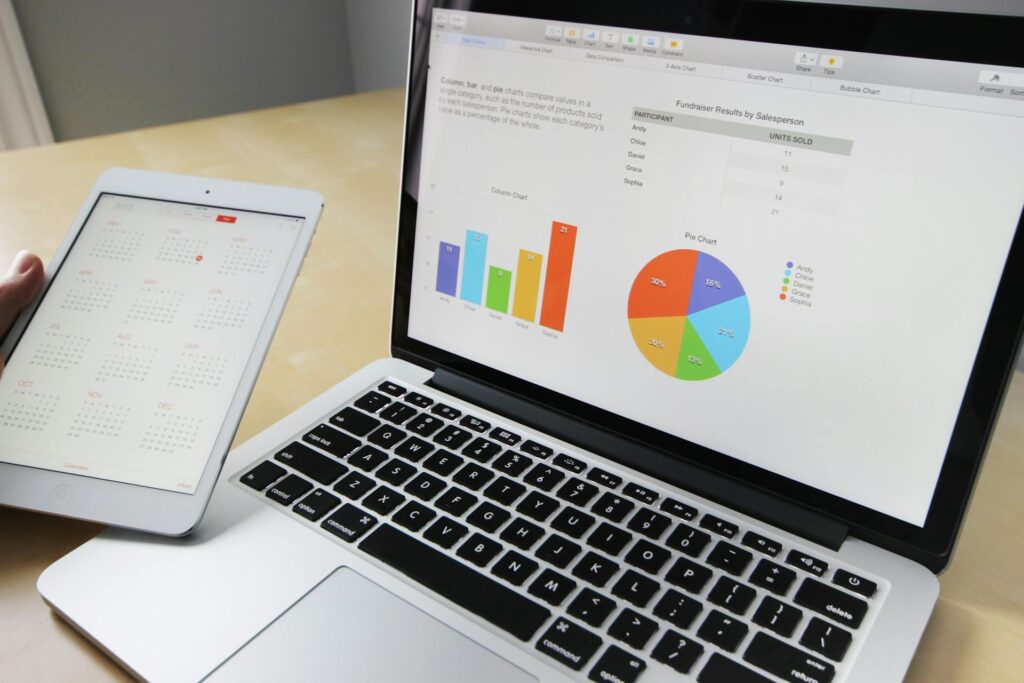- Navigating The UK Tax Regime
It’s not often that I meet people who are excited about completing their tax returns! Many see
it as an administrative burden imposed by the UK government – and of course a reminder
that they owe tax!
However, the start of the tax return season can actually serve as a prompt for you (or me) to
review your overall tax affairs and look for tax planning opportunities – or at least for you to
find out how much tax you owe way ahead of the payment deadline, so that you can plan
your tax payment rather than have it creep up on you from the pits of hell… Or if you’re lucky
enough to be owed tax from HMRC, you speed up getting that cash back in your pocket –
probably a much better place for it, right?!
Whether you’re self-employed, a business-owner, landlord, or investor, understanding the
UK tax regime is vital so that you can get your tax right and use the rules to grow your
wealth, rather than have it taken away from you – unless you’re actually trying to pay extra
tax of course, in which case you’re more than welcome to contribute towards my tax bill!
This article will give you information to help you better understand the UK tax system and
some of the tax reliefs available to you to cut your taxes, so do take a moment to read on…
- Who Needs to File a Self-Assessment Tax Return?
Generally, you will need to file a self-assessment tax return if for a tax year (6 April to 5 April)
you were:
Self-employed as a sole trader with sales of more than £1,000 (before expenses)
A partner in a business partnership
Earning rents of more than £2,500 from property, or receiving other untaxed income
in excess of £2,500
Receiving child benefit (or your partner was receiving child benefit) and you are the
higher earner with adjusted net income above £60,000
Earning income above £150,000 (£100,000 for the 2022/23 tax year and earlier
years)
Receiving investment (interest and dividend) income in excess of £10,000
Receiving non-UK income that you need to pay tax on (no filing requirement if this is
on foreign interest of £2,000 or less, or foreign dividends of £1,000 or less)

You will also need to submit a tax return if you dispose of any asset(s) chargeable to Capital
Gains Tax (CGT) and the gain is in excess of your (diminishing) annual exemption (currently
£3,000 – this was £6,000 in 2023/24 and higher before then!) or the value of all the disposed
assets were above £50,000. The limits have varied in recent years, so get in touch if you are
unsure.
If you give the asset away, then this is also a disposal for CGT unless the gift is to your
spouse.
Directors that only earn income that is taxed at source do not need to file a tax return.
You may choose to voluntarily file a tax return if:
- You made a loss in your business or sole tradership that you want to claim (you can get tax relief on these losses)
- You made a loss that is allowable for CGT purposes (again, there is opportunity for tax relief on these losses also)
Cryptocurrency and digital assets
Crypto trades are generally chargeable to CGT, even when trading one crypto for
another and no cash is realised! Of course, do remember that you have your annual
exemption, which you may be missing out on if you are a long-term holder, without a strategy
for using your CGT exemption each year.
- Online sellers and side-hustles
From 1 January 2024, online platforms (such as Ebay, Vinted, Uber and Deliveroo) are
legally required to collect and send information to HMRC on people that make money online.
The online platform should notify HMRC and the seller themselves by 31 January, for the
preceding calendar year.
So, if you have not been declaring your income from online platforms, you are now more
likely to be discovered by HMRC.
- Key Dates That You Need to Know!
5 October – You must register for self-assessment by 5 October following the end of
the tax year that you meet the requirements. HMRC can charge you a penalty for late
registration, although there are circumstances when a penalty is not charged.
31 October – The deadline for submitting a PAPER tax return is 31 October following
the tax year end (most people will submit electronically, which has a later deadline).
31 January – The deadline for submitting your tax return online and paying the
balance of your tax liability is 31 January following the end of the tax year. If your
liability is more than £1,000 and less than 80% is taxed at source, then you will also
be due to pay your first 50% instalment (payment on account) towards your tax
liability for the subsequent tax year – both instalments can be reduced in certain
circumstances.
5 April – This is the end of the tax year. It is good practice to review your tax affairs
well in advance of this date and look for opportunities to reduce your tax bill.
31 July – Your 2nd payment on account (if applicable) is due by 31 July following the
tax year. It is good practice to submit your tax return before this date to see if there is
scope to reduce this payment (i.e. if your tax liability has decreased).
Once your tax return is submitted, HMRC has 12 months to challenge your tax return without
reason. Therefore, if you want peace of mind sooner, it is best practice to submit your
tax return as soon as possible after 5 April.
If HMRC ‘discover’ new information that is not included on your tax return, then they have an
extended period of time to challenge your tax return (generally four, six, or even 20 years
following submission depending on the reason for the omission). HMRC discovery
assessments can be protected against by including relevant information about any
contentious points when preparing your tax return, leaving less for HMRC to ‘discover’ as
you will have already told them – care should be taken when including protective notes.

- Methods of Cutting Your Tax Bill
The numbers below are based on the 2024/25 tax year and are subject to change.
Remember to:
Claim all deductible expenses against your income from your sole tradership,
business, or rental property portfolio. There are often costs that are missed when
calculating taxable profits, costing you money by overpaying tax.
You have the option of claiming the £1,000 trading allowance and £1,000 property
allowance instead of your actual expenses. Of course, this is usually only beneficial if
your total trading expenses and total property expenses do not exceed £1,000 each.
The rent-a-room allowance of £7,500 can be deducted from rental income when you
are renting out a room in the property that you live in as your main home (this can be
a guest house or bnb).
Claim your allowable losses on your business, property rental, or CGT disposals –
these losses can save you tax in the same year and/or later.
Claim any higher / additional rate tax relief on pension contributions made in the tax
year by you privately (i.e. not through payroll, which should achieve tax relief at
source).
Claim any Gift Aid higher / additional rate tax relief on charitable donations made
between the start of the tax year and before submitting your tax return (there is an
extended window for making donations in comparison to pension contributions).
Ensure any allowable ‘wholly, exclusively, and necessarily’ incurred employment
expenses are deducted from your gross salary if you are employed (e.g. professional
subscriptions, IT equipment, protective wear etc.). You can do this through your tax
code.
Consider staying out of the 60% income tax bracket if you can (currently £100,000 to
£125,140). You can do this by reducing your taxable income using the available
reliefs. This is also relevant for those who may be liable to the High-Income Child
- Benefit Charge, as mentioned earlier.
Use your annual allowances such as:
– Your tax-free personal savings allowance for interest income (£1,000 for a BRtaxpayer and £500 for
a HR taxpayer – £nil for an AR taxpayer)
– Your tax-free dividend allowance (£500)
– Your marriage allowance, if your spouse doesn’t already use their entire
personal allowance of £12,570
– Your capital gains tax exemption (£3,000)
– Your ISA allowance to grow your money tax-free
Consider using your spouse’s allowances and tax bands by transferring income-
generating assets to them – it is important to consider the tax and legal implications
before transferring any assets.
Claim the tax relief on EIS/SEIS/VCT/SITR investments.
Consider if using a corporate structure is more tax efficient (i.e. moving from income
tax to corporation tax).
Consider sheltering foreign income from UK income tax and/or CGT by using the
remittance basis (or the new rules for ‘arrivers’ to the UK which is replacing the long-
standing remittance basis).
Claiming split year treatment if you arrive in / leave the UK, so that you can protect
income that is not taxable in the UK for non-residents.

If you have missed out on any of these tax saving opportunities in previous years, then it
may be possible to submit a tax repayment claim for some earlier years, in which case
HMRC will repay your overpaid tax back to you.
- Current Tax Bands (2024/25)
| Band | Taxable Income | Tax Rate |
| Personal Allowance | Up to £12,570 | 0% |
| Basic Rate (BR) | £12,571 to £50,270 | 20% |
| Higher Rate (HR) | £50,271 to £125,140 | 40% |
| Additional Rate (AR) | Over £125,140 | 45% |
I hope my article is helpful. If you have any questions or want to discuss things further, then
please send me a message.
Bye for now!
Jordan Armstrong CTA
